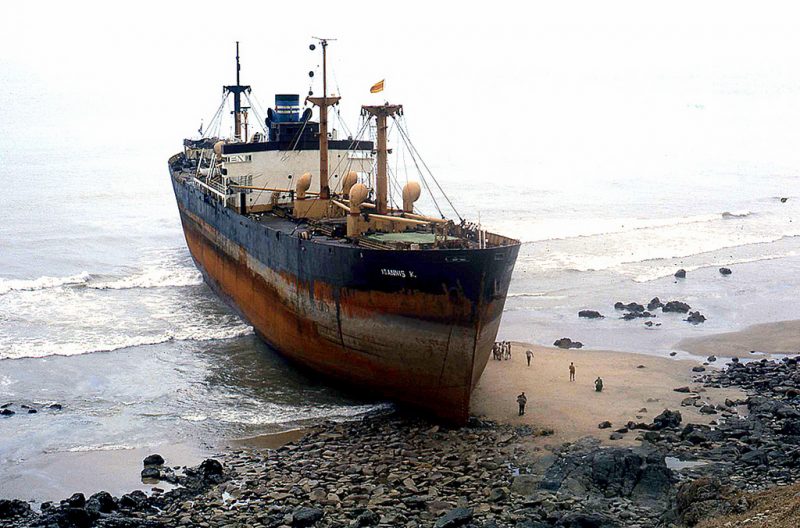The Vung Tau shipwreck is a shipwreck discovered by fishermen of the islands of Con Dao about 100 miles from Vung Tau, Vietnam. The wreck was of a lorcha boat—a Chinese vessel with Portuguese influences that has been dated to about 1690. It was found by a fisherman who had picked up numerous pieces of porcelain from the wreck while fishing.
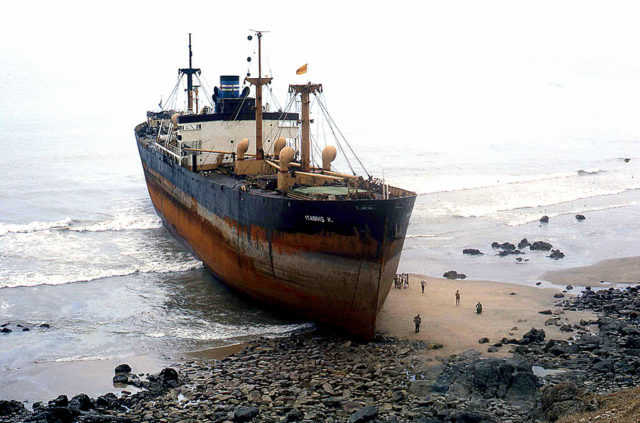
Sverker Hallstrom obtained the license to excavate the wreck after the Vietnam Salvage Corporation had carried out a preliminary excavation. Australian diver Michael Flecker took charge of the archaeological aspect of the excavation. Operations were conducted from the 61 m long, 4,800 BHP supply boat, Dai Lanh. Twenty Vietnamese divers worked with KMB masks using surface decompression on oxygen to maximise bottom times.
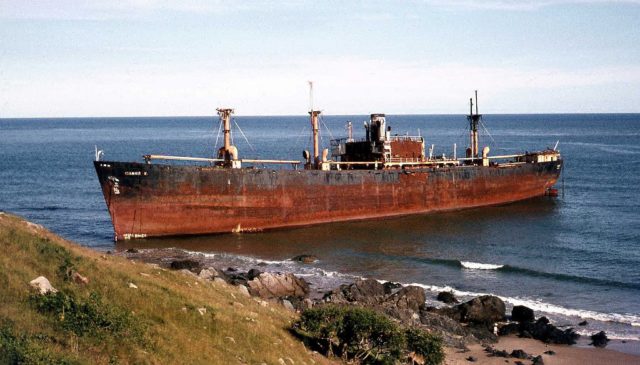
A high-pressure diesel pump and delivery system were designed to supply the water dredges, which had previously been used on the Concepcion excavation. Sverker Hallstrom identified the wreck and its cargo in 1990 and it was found to be the hull of a lorcha, a ship of combined Eastern and Western influence, and the first ever found.
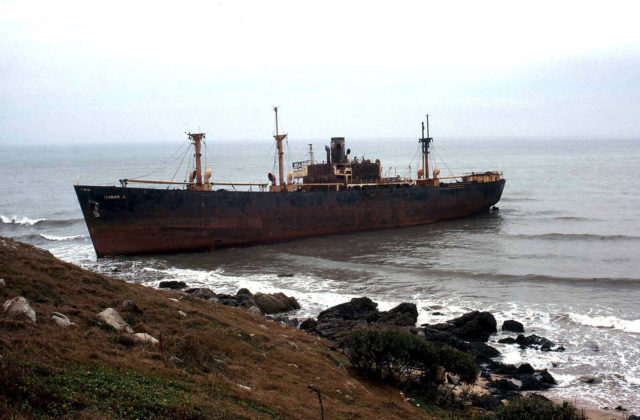
Since then, the Vietnamese government has initiated another four underwater operations through a state-owned commercial company to recover artefacts, which has compromised its credibility in leading scientific excavations of wreck-sites.
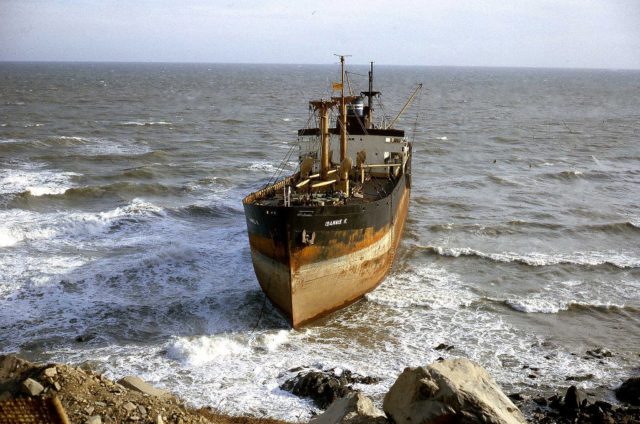
An analysis of its cargo deduced that the ship was bound from China to Jakarta, Indonesia, where the porcelain would have been purchased by the Dutch East India Company for trans-shipment to Holland. A total of 48,288 items of fine Qing Dynasty blue-and-white porcelain from Jingdezhen and other artifacts were recovered. These included bamboo combs, inkwells, tweezers, dice, and dishes.
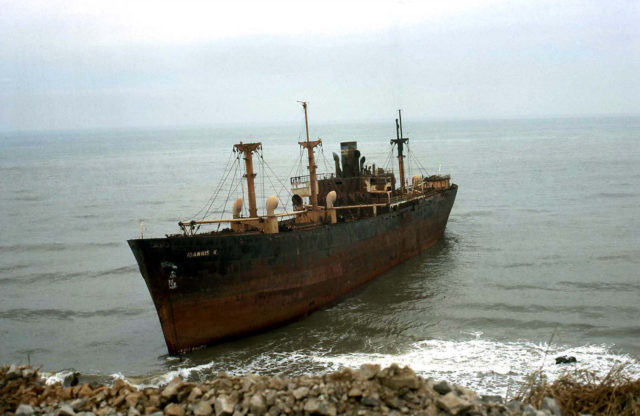
Christie’s, the British auction house, selected 28,000 pieces of porcelain for auction in Amsterdam in 1992. The auction house sold the porcelain for a total of USD 7.3 million. The Vung Tau Museum in Vietnam houses a representative sample of all the artifacts. The remainder of the ceramics were divided between Hallstrom and the Vietnamese government.
Are you a fan of all things ships and submarines? If so, subscribe to our Daily Warships newsletter!
Photos: manhhai/Flickr
